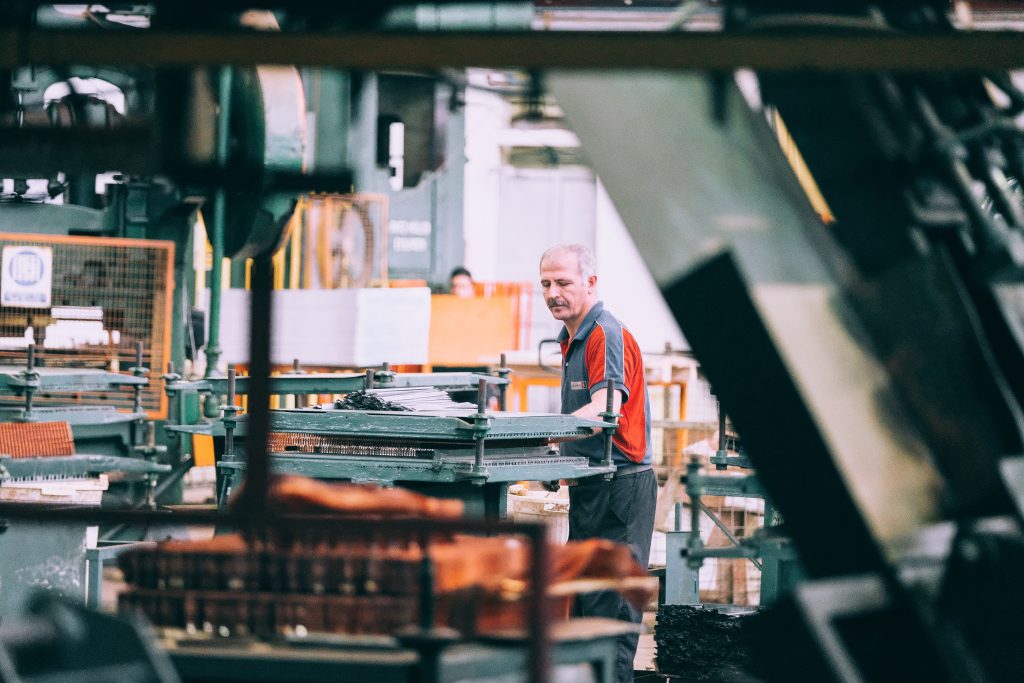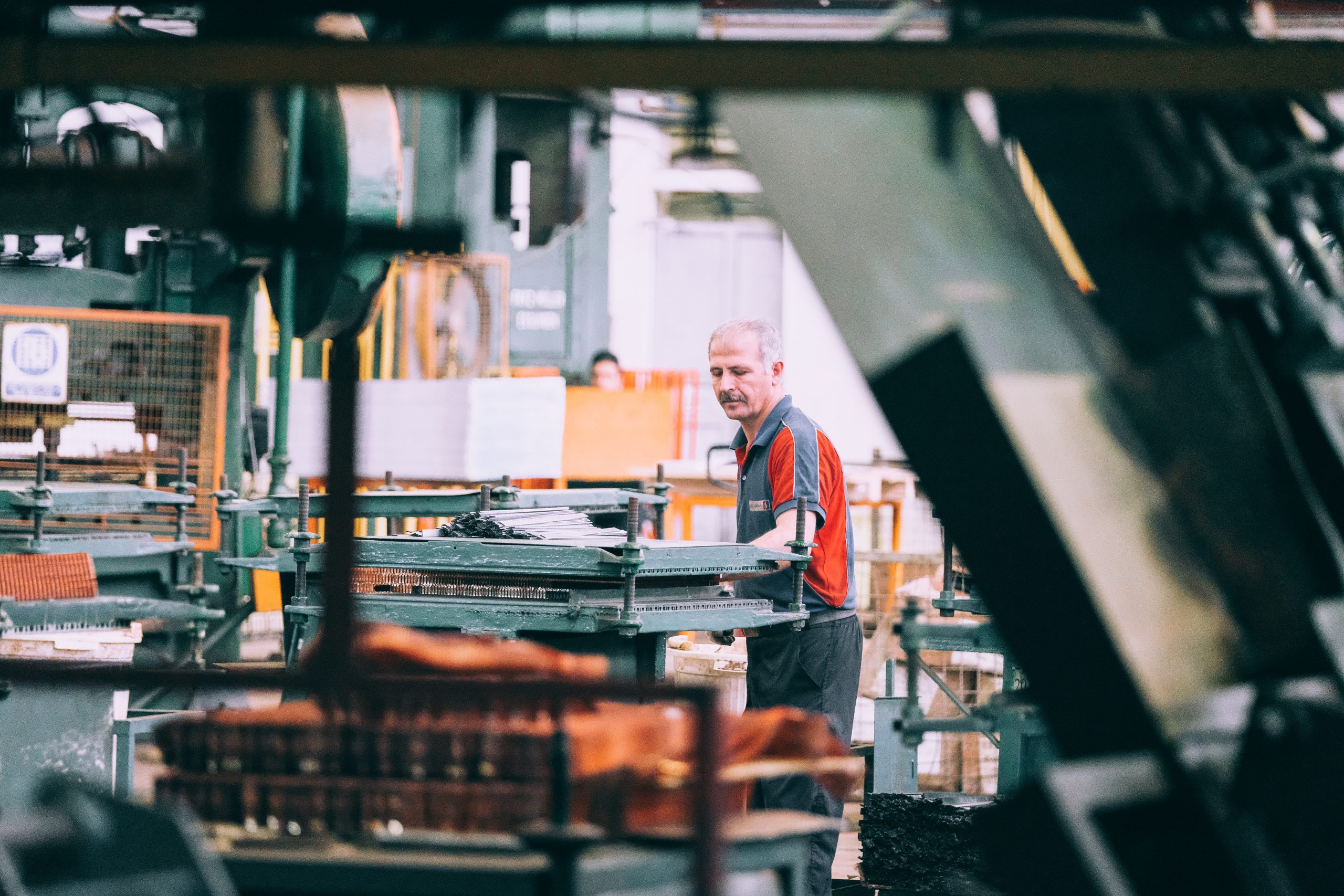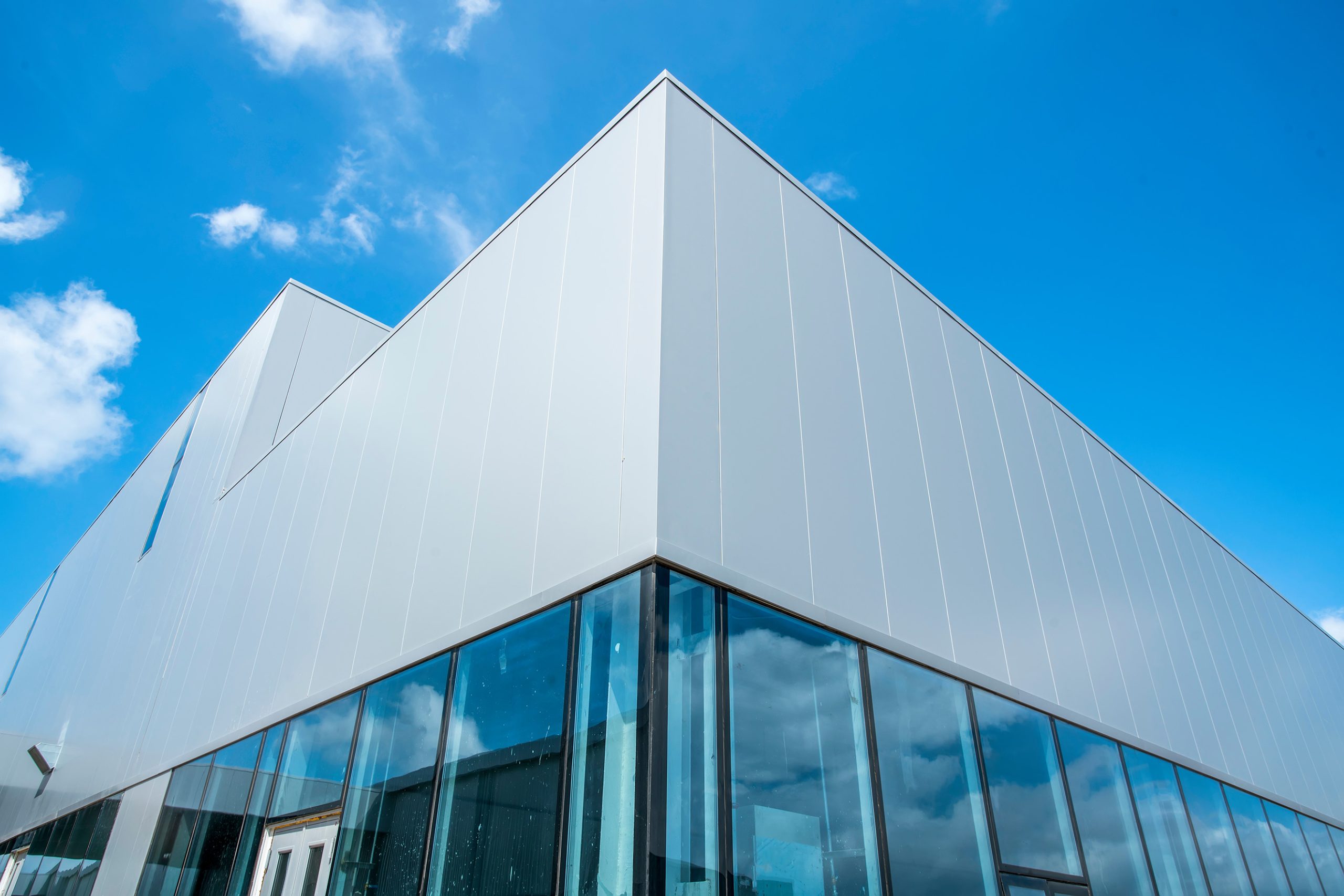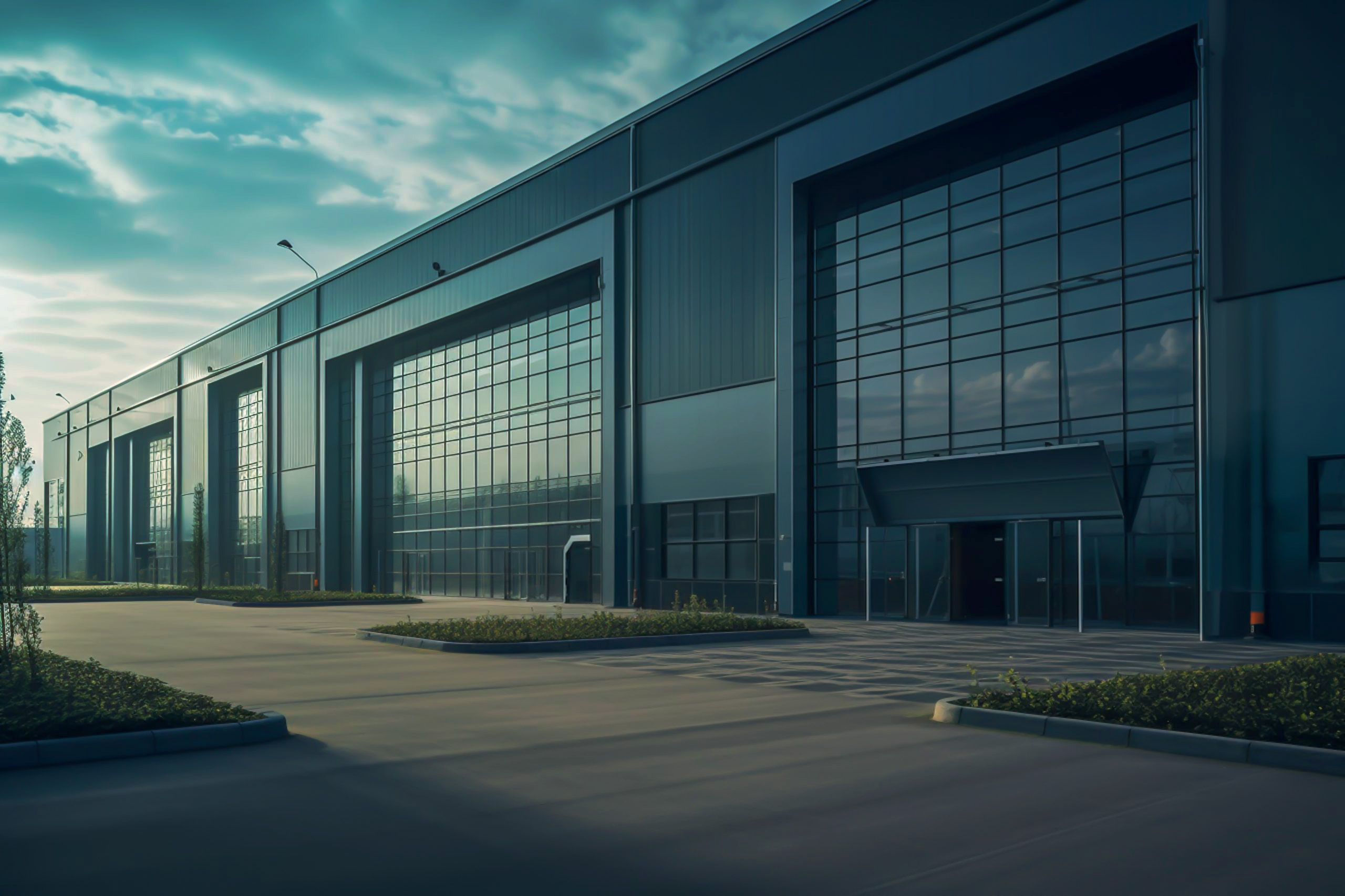Commercial property leases can be complex and daunting to non-professionals, especially when it comes to understanding the specific terms and conditions that dictate your responsibilities as a tenant. One term that often causes confusion and can lead to significant disputes at the end of a lease is the Full Repairing and Insuring (FRI) lease. The implications of entering into an FRI lease are substantial and warrant a thorough understanding before you commit.
What is an FRI Lease?
An FRI lease stands for Fully Repairing and Insuring. This type of lease is common in commercial property agreements and places the responsibility for maintaining and the cost of insuring the property squarely on the shoulders of the tenant. Under an FRI lease, if any part of the property falls into disrepair, the tenant is liable for its repair. Additionally, while the landlord typically insures the building, the cost of this insurance is often recovered from the tenant, either in full or a proportionate share.
Book Your Free 20-Minute Consultation
Whether you’re looking to secure the perfect lease or close a challenging deal, this free consultation could be the game-changer you need.
Fill out the form to schedule your call and take the first step toward a successful outcome.
The Pitfalls of Dilapidations
One of the most contentious issues that arise at the end of an FRI lease revolves around dilapidations, or the condition of the property at lease end compared to its condition at the lease’s commencement. The repair of the property can lead to significant, and often unexpected, costs. Many tenants enter into FRI leases without fully appreciating the financial implications of these terms, leading to disputes and financial strain at the lease’s conclusion.

Mitigating Your Risk
Fortunately, there are strategies to mitigate the potential burden of an FRI lease:
- Schedule of Condition: Before signing the lease, consider negotiating a schedule of condition. This document provides a detailed record of the property’s condition at the beginning of the lease and can protect you from being held responsible for pre-existing issues.
- Landlord Repairs: Another approach is to negotiate terms that require the landlord to bring the property up to a certain standard of repair before you assume the lease. This can prevent disputes about the property’s condition at the end of the lease.
- Awareness and Planning: Perhaps most importantly, enter into an FRI lease with your eyes wide open. Understand the potential for things to go wrong and the associated costs. Planning for these eventualities in advance can save you significant headaches and financial pain down the line.
A Word of Caution
Before agreeing to an FRI lease, it’s crucial to fully understand the implications of your liability and explore ways to reduce your repairing obligations. The allure of a seemingly favourable lease can quickly sour if you find yourself unprepared for the financial responsibilities of repairs and insurance.
In conclusion, while an FRI lease can be a suitable arrangement for many commercial tenants, it comes with significant obligations that should not be underestimated. By taking the time to understand these responsibilities and seeking ways to mitigate your exposure, you can enter into an FRI lease with confidence, fully prepared for the journey ahead in your commercial property venture.
Ready to Navigate Your Commercial Lease with Confidence?
Don’t let the confusion around an FRI lease catch you off guard; If you’re considering an FRI lease or have questions about your current lease terms, we’re here to help. Contact our team of experienced commercial property advisors today for personalised guidance and support. Let us help you make informed decisions and navigate your lease terms with confidence.
Reach out now to secure your commercial property success.




